Forget Disneyland. I've found my happy place. It's a lux…
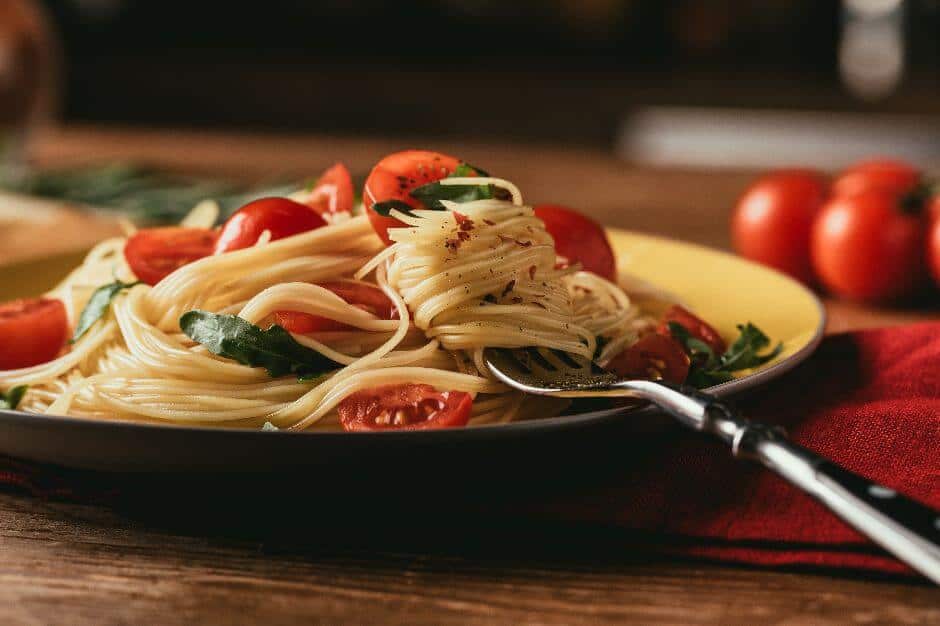
21+ Surprising Facts About Italian Food
Italian food is known all over the world. But when you go to Italy, it may not be exactly what you’re expecting. If you’re planning a visit, you’ll want to get the facts on Italian food, just as you would check out the latest tips on visiting Italy.
There are a lot of misconceptions.
For example, did you know that you won’t find Spaghetti Bolognese in Bologna? Italian wedding soup is not actually a thing in Italy. And there’s so much more to Italian cuisine than pizza and pasta.
We’ve created a list of these and more Italian food facts that will shed light on Italian food customs and myths.
Let’s dig in.
21 Surprising Facts About Italian Food
TABLE OF CONTENTS
Italian Food Facts on Pizza
Facts about Pasta
National Italian food
Italian dining traditions
Common misconceptions
Dessert in Italy
Drinking coffee in Italy
Want to learn how to eat like a local in Rome? Book this popular food tour.
Italy Food Facts About Pizza
The origin of pizza
We’ll kick off our fun facts with pizza, a darling of many Italians.
Pizza was invented during the 18th century in Naples. Originally it was a flat, dry bread. It served as a staple food for the less privileged in society.
When Queen Margherita of Italy toured the country, she liked the bread and asked her chef to prepare variations of the pizza. He made the queen a simple pizza adorned with the colours of the Italian flag using mozzarella (white), il pomodoro/tomato (red), and il Basilico/basil (green).
The pizza was named the Margherita pizza after her.
Italian pizza is simple
You know of all these “over-glorified” pizzas with interesting mega-toppings like all manner of fruits (the dreaded pineapple debate!). You won’t likely come across such fantasies in Italy.
Pizza in Italy is served simply with a thin crust and some basic toppings. Most commonly you’ll have toppings of basil, mozzarella, and tomato sauce.
The important thing is that the ingredients are always fresh.
Where to get pizza in Italy
As a visitor in Italy, you might expect pizza on the menu in every restaurant. Right? Wrong. Pizza is not a constant feature on the menu in most restaurants in Italy.
You’ll need to visit a pizzeria to order your favorite pizza.
When the pizza is served, it may not be sliced and it’ll be piping hot. That’s why many Italians use a knife and fork to eat their pizza when they’re in a restaurant.
In many places, like Rome, you can get pizza by the slice at a bakery. But it’s not a triangular slice. It’s sold by the rectangle. When you buy pizza this way, you’re expected to eat it outside standing in the street.
Don’t order pepperoni pizza in Italy
The name “pepperoni” does sound Italian. But pepperoni pizza was created in the U.S.
Here’s an interesting fact about food in Italy. “Peperoni” (with a single P) in Italian means “bell pepper.” So, if you walk into a pizzeria in Italy and ask for “pepperoni pizza,” it’ll seem odd.
At best, the waiter may serve you something a tad more vegetarian than you expected.
Facts about Food in Italy: Pasta
“Life is a combination of magic and pasta.” – Federico Fellini
There are over 600 different pasta shapes
According to the National Pasta Association, there are over 600 separate pasta shapes produced worldwide. Each one complements particular pasta dishes.
Of all these shapes, some of Italy’s most popular include penne, spaghetti, rigatoni, fusilli, and tagliatelle.
Italians eat a lot of pasta
On average, an Italian consumes 51 lbs (23 kgs) of pasta in a year. That’s more than twice as much as the average American. This makes Italians the highest global consumers of pasta.
Italians are unashamedly in love with pasta. More than 3 out of every 5 Italians eat pasta every day.
Spaghetti and meatballs? Not an authentic Italian food
It’s common to find the combination of spaghetti and meatballs in Italian restaurants around the world.
Surprisingly, it’s not really an Italian dish. It was a brainchild of Italian immigrants in the U.S. who began to eat huge meatballs alongside their pasta.
The type of meatballs you’ll find in Italy is “polpettes” which are rather small. They’re also never eaten with spaghetti but alone or with soup.
And, by the way, a note on local customs. Italians don’t use a spoon when they eat spaghetti and they would never cut it with a knife.
Also, don’t expect to be offered Parmesan to sprinkle on your pasta. In many parts of Italy, Pecorino is the cheese of choice, and it’s not usually necessary to add extra.
Tomato sauce wasn’t used to top pasta
Most of us are used to that tantalizing, red, tomato-based topping on a plate of spaghetti.
But interestingly, tomatoes and tomato sauce weren’t originally used in Italian kitchens.
Tomatoes were introduced to Italy by European explorers who brought them from South America in the 16th century. Using tomatoes on pasta didn’t become popular until 18th century.
Italian food varies by region
There’s no national Italian dish
Granted, Italian restaurants around the world are most famous for pizza and pasta. But you might be surprised by how much Italian cuisine varies in different parts of the country.
Different regions have unique subcultures and cuisines. So, there’s no one dish that’s served the same way all over.
Sampling regional specialties as you visit the different parts of Italy can be a rewarding experience and a fun adventure.
For example:
- When in Milan, for instance, ossobucco (veal shanks braised with vegetables, wine and broth) with risotto reigns supreme.
- In Lazio, sample bucatini all’amatriciana (spicy sauce with cured pork cheek and pecorino cheese).
- In Venice, try the cicchetti (the Italian version of tapas).
- And a visit to Florence is only complete with Bistecca Fiorentina, an enormous T-bone steak.
Book this popular food tour to learn how to eat like a local in Florence.
Facts about Italian Dining Traditions
Italian saying before a meal
Before a meal, Italians say “Buon appetito!” It’s a pre-meal saying literally wishing each other a good appetite.
Lunch is the biggest meal and dinner is served late
For many Westerners, breakfast is a hearty meal.
But in Italy, be prepared for a very light breakfast that consists of coffee with milk and a pastry. Most people will drink their coffee standing at the counter because it costs more if you sit down.
After 1 p.m., lunch, or “il pranzo,” is served. This is the main meal of the day so get ready for several courses. Many Italians go home to enjoy lunch so local business may pause in the mid-afternoon.
Dinner in Italy is usually after 8 p.m. or even later. Strolling into a restaurant at 6 pm for dinner may not be the best idea.
The coperto charge
In Italy, a waiter at a restaurant will not ordinarily be anticipating a tip. Instead, you’ll encounter a strange entry on your bill by the name coperto.
Coperto is a charge based on the number of people seated at a table over a meal. It covers the cost of pane e grissini (bread and breadsticks), salt, oil, the use of tablecloths and cutlery.
The coperto is usually clearly displayed on the bill. The figure will be roughly a tenth of your bill or around 1 to 2 Euros per person
With this charge, you don’t have to tip the server. Nonetheless, no one stops you from tipping them.
Three items that are ever-present on Italian meal tables
At an Italian dining table, there will always be water, bread, and wine.
Don’t reach for the bread before the meal. It’s not a starter. The bread is for wiping the sauce off of your plate as you finish your meal. In Italian, this is referred to as “Fare la Scarpetta.”
Common Misconceptions about Food in Italy
Italian wedding soup is not a thing in Italy
Names can be confusing sometimes.
But Italian wedding soup is not traditionally served at weddings in Italy, let alone restaurants. It’s just a way of saying that the blend of meat and vegetables in the wedding soup is awesome.
Caesar salad comes from Mexico, not Italy
Caesar salad was invented in Tijuana, Mexico by an Italian chef, Caesar Cadini who had to be creative due to a shortage of supplies. The salad is Caesar’s clever combination of egg yolk, olive oil, Parmesan cheese, and lettuce.
While we’re talking about salad, note that salad is not a starter in Italy. It’s normally served after the main course to help you digest your meal.
Garlic bread is not an original Italian food
Most of you are probably used to having garlic bread at the restaurant. But this is not a given in Italy.
Garlic bread has its origins in the United States, not Italy.
While we’re at it, let’s debunk more common misconceptions about Italian food:
- As mentioned, you won’t find Spaghetti Bolognese in Bologna. If you want pasta with meat sauce in Bologna, ask for tagliatelle al ragù.
- Lobster fra Diavolo is an Italian-American creation. Not a traditional Italian dish.
- Neapolitan ice cream has its roots in the USA.
- Chicken on pasta is something you’re not likely to witness in Italy.
Food Facts About Italy’s Favourite Desserts
Tiramisu is the most popular dessert from Italy.
What makes the dessert so sweet and attractive is its layers of savoiardi biscuits and mascarpone cream. It definitely lives up to its name which means “pick me up”.
Unlike cannoli, which is a much older Italian dessert, tiramisu is fairly new. It emerged in the 1960s and 1970s in Veneto territory.
Cannoli originated in Sicily. They were made for the festive season before lent and became a symbol of fertility.
When it comes to gelato, Italians avoid the shops that display large, colourful piles of gelato. Those shops use artificial colouring and preservatives to keep the gelato from melting. The good stuff, with pure ingredients, may not be on display at all.
Italian Food Facts on Drinking Traditions
Pre-meal drinks are common
Italians often meet between 7 and 9 p.m. to relax over an “aperitivo” and finger foods. This pre-meal drink is meant to whet the appetite.
Aperitivo drinks are typically light on the alcohol, such as an Aperol Spritz or Campari mixed with soda. A classic Italian cocktail is a negroni, something like a martini with gin, campari, and red vermouth. The negroni is so popular that actor, Stanley Tucci, recently broke the Internet when he demonstrated how to make it on Instagram.
Italy is the biggest wine producer in the world
Italy produces more wine than Spain and the USA. Wine production is a key sector of the Italian economy. Every region of the country contributes towards wine production. The country grows over 300 varieties of grapes.
As a visitor in Italy, keep in mind that wine is an important part of the meal. Also, having a glass of vino doesn’t have to cost you too dearly. Simply order the house wine. It’s often very affordable – it can be as low as two euros for a half-litre.
Facts on Italian Food: Drinking Coffee in Italy
An Italian invented the famous Moka pot
Any coffee aficionado must have a Moka pot for travel or home use. The iconic coffee maker was invented by an Italian, Alfonso Bialetti, in 1933.
Italians drink their coffee in a particular way
In Italy, coffee with milk is only for breakfast. Coffee is taken as espresso for the rest of the day, without milk.
When it comes to Italian coffee, you’ve likely come across grand terms like macchiato and cappuccino. However, Italian coffee is really espresso, except they don’t call it espresso. It’s called caffe.
The Best Way to get the Facts about Food in Italy
When I visit a new city, I often take a food tour to get local tips on what and where I should eat.
It’s an ideal thing to do soon after you arrive so you’ll have restaurant recommendations on hand during your stay.
I enjoyed eating my way through Florence and Rome with local guides from Secret Food Tours. Truly, the most fun way to learn about a country is through its food.
Book the Rome tour with Secret Food Tours here
Book the Florence tour with Secret Food Tours here
The company also offers food tours in Bologna and Naples.
For a lengthy list of Italy food tour options and classes in everything from pasta to gelato making, see Get Your Guide here.
Buon appetito!
Suggested Reading:
Pin it:
How to Eat like a Local in Florence

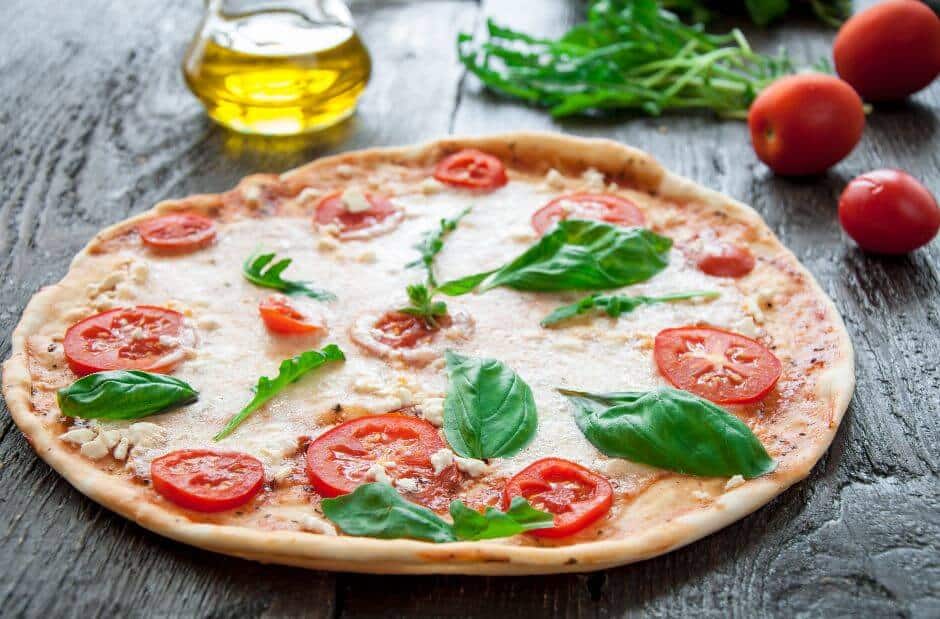
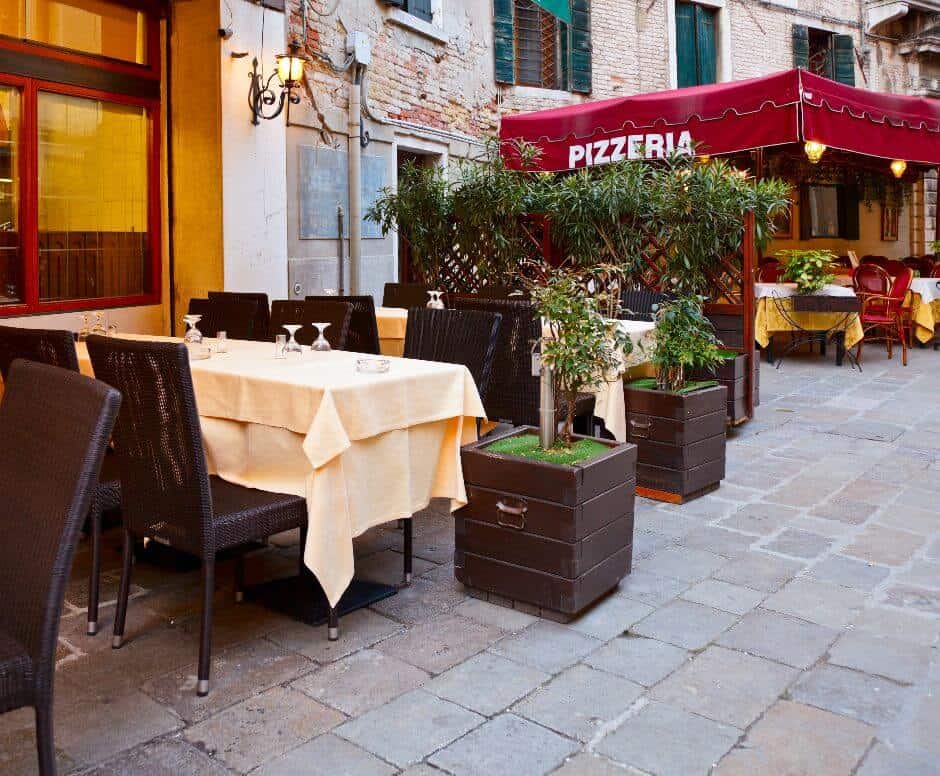
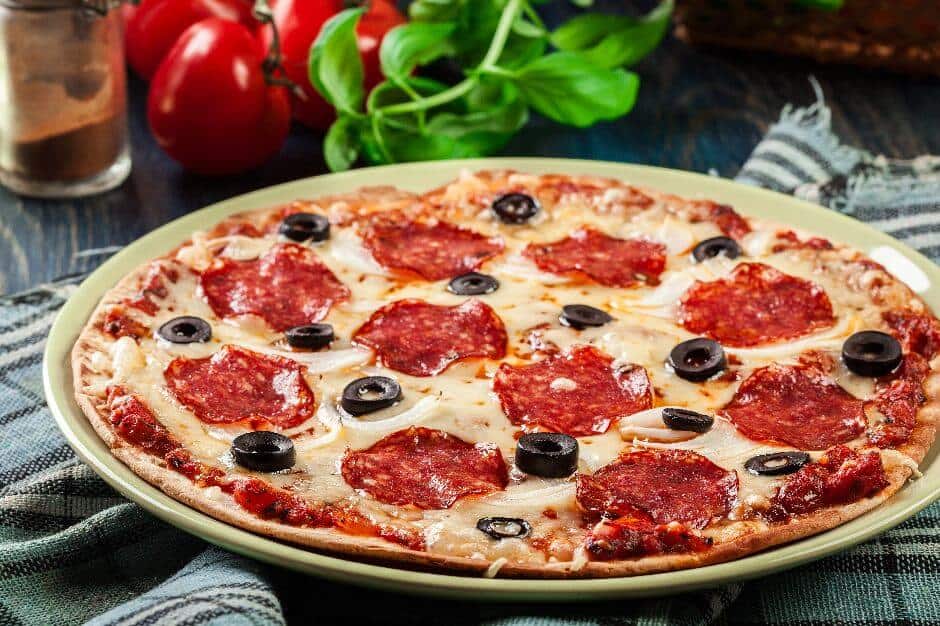
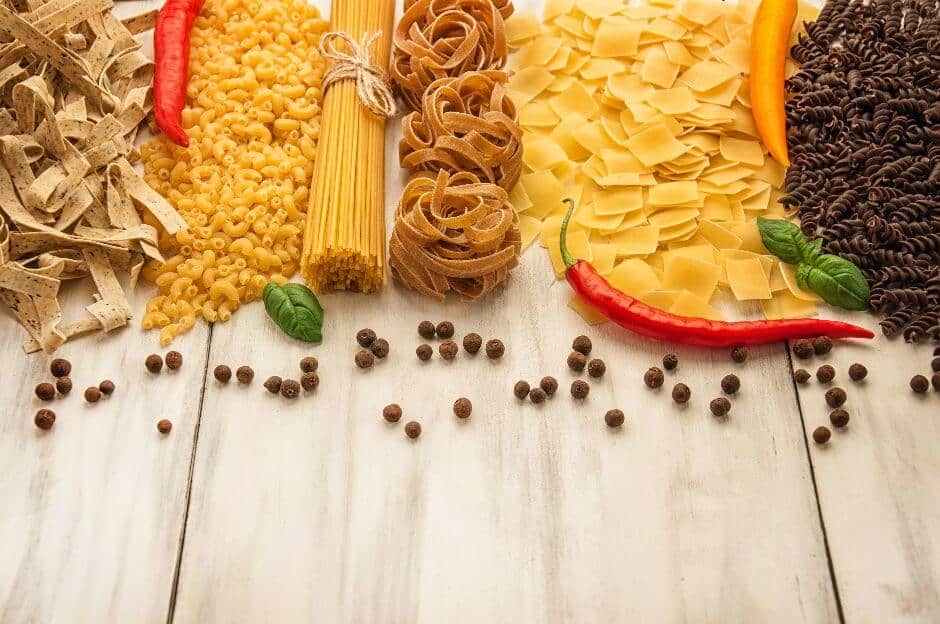
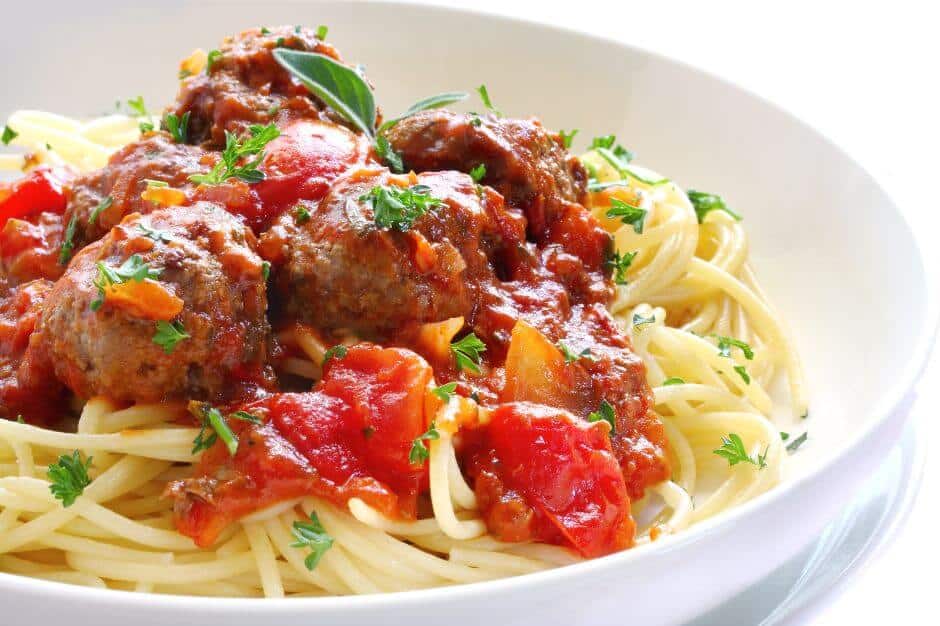

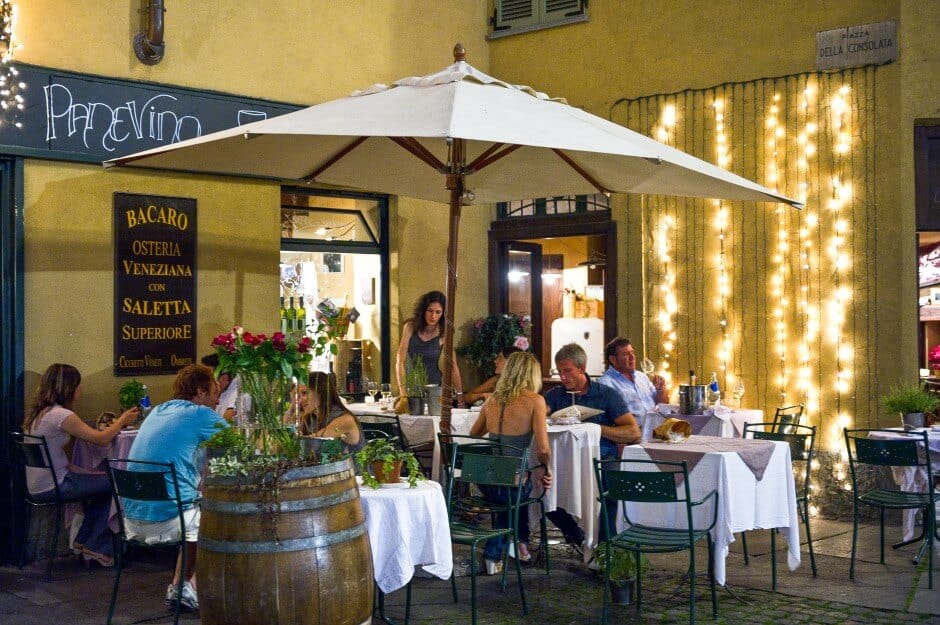


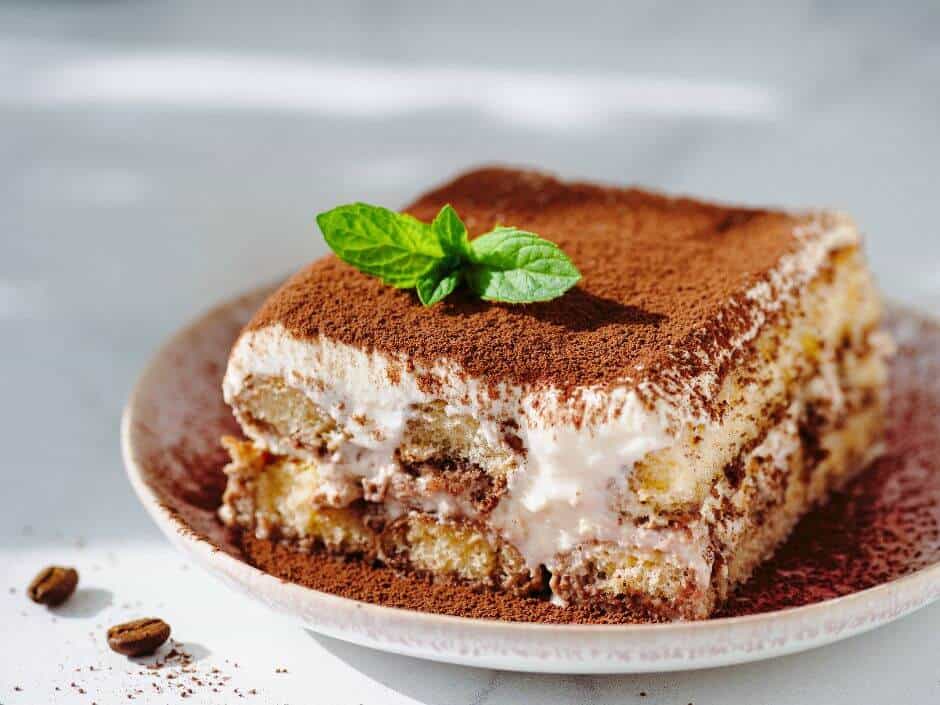


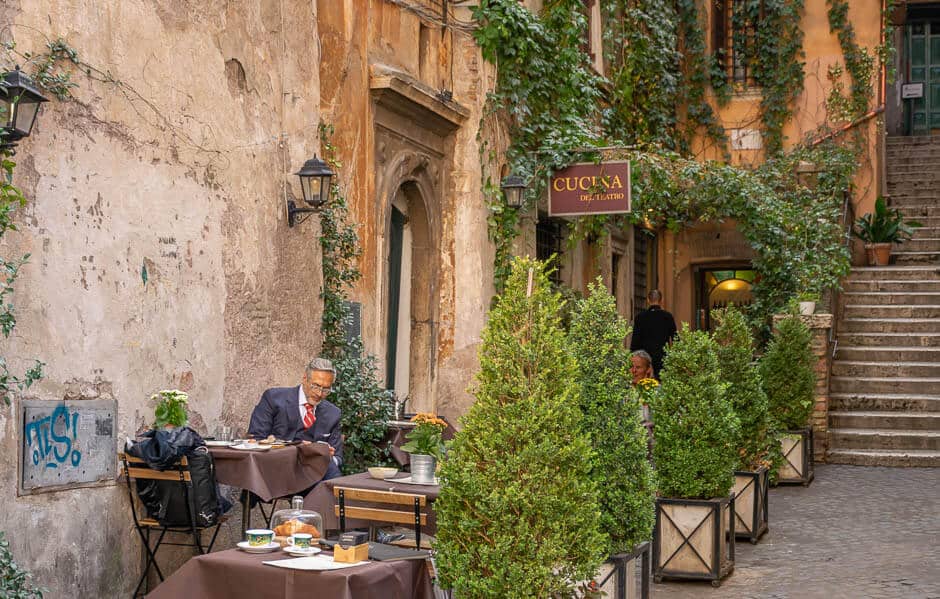

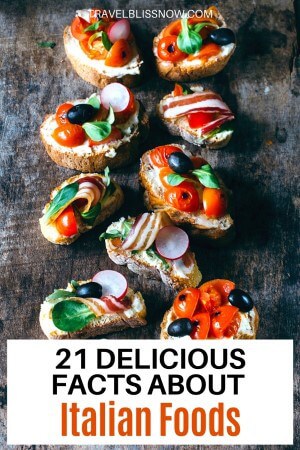

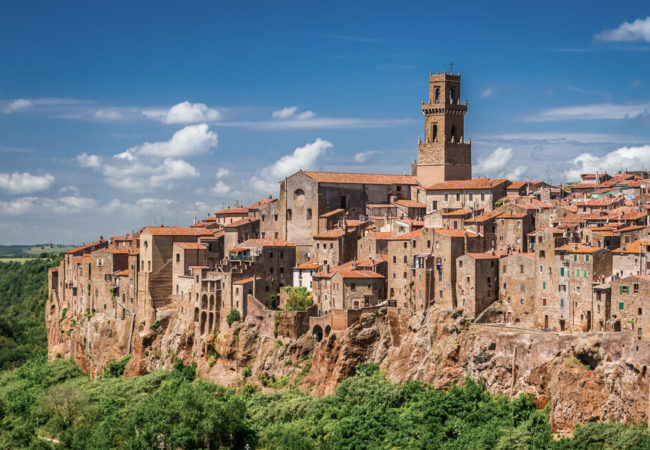
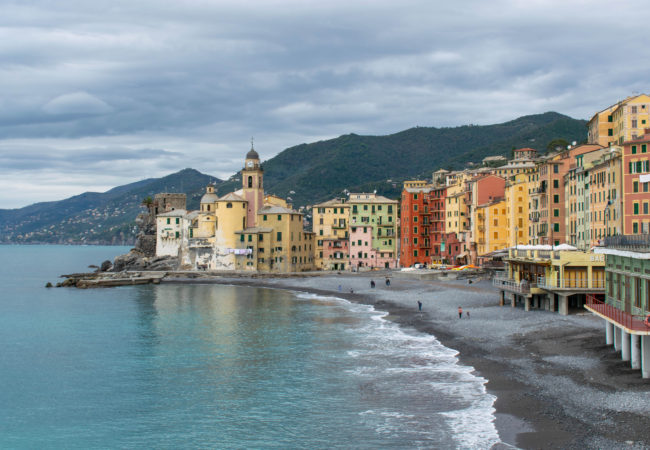


I love Italian food (or what I thought was Italian food!). Really enjoyed reading this – and learned a lot!
Thanks Jane. I’m so glad you enjoyed it. I learned a lot on my food tours in Italy. It’s a great way to get to know the cuisine anywhere.